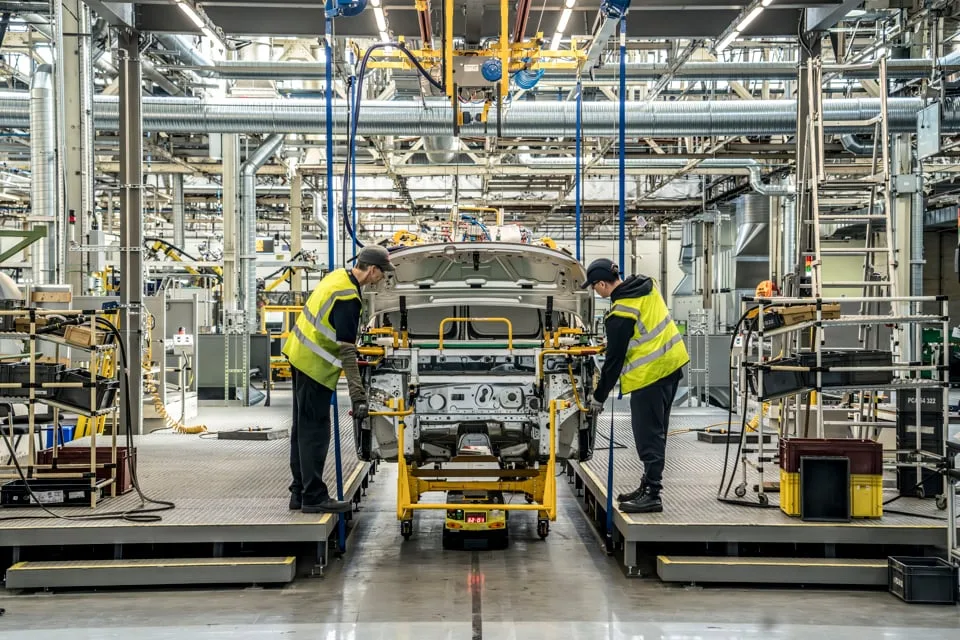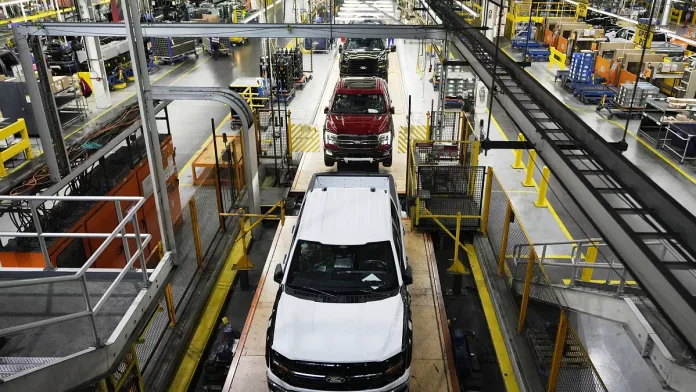India moves forward with EV tariff cuts as part of Trump trade deal negotiations, defying domestic auto industry opposition. Learn about the economic implications and market impact.
Table of Contents
Breaking: Government Prioritizes US Trade Deal Over Auto Industry Concerns

In a significant policy shift, the Indian government has decided to back substantial cuts in electric vehicle import tariffs, rejecting appeals from domestic automakers who sought a four-year delay on such reductions. This bold stance comes as New Delhi prioritizes finalizing a comprehensive trade deal with the United States, according to sources familiar with the negotiations.
Currently, India imposes hefty import duties of 70-100% on fully-built electric vehicles, based on their CIF (Cost, Insurance, and Freight) value. Vehicles priced below $40,000 face a 70% import duty, while those above this threshold are subject to a prohibitive 100% tariff. The proposed cuts could reduce these to 30-40% for EVs, creating a dramatic shift in market dynamics.
“We have protected the auto industry for far too long. We will have to open it up,” said a senior government official involved in the trade discussions, indicating plans to lower duties “significantly” on electric vehicles to boost the nascent sector.
The US-India Trade Equation
This policy shift represents a calculated strategic move for Prime Minister Narendra Modi’s government. The United States is India’s largest trading partner, with bilateral trade in goods and services reaching approximately $146 billion in 2022. However, President Donald Trump has frequently criticized India as a “tariff king,” particularly targeting the automotive sector where American manufacturers face substantial barriers to entry.
For Tesla CEO Elon Musk, who has engaged directly with Modi on this issue, the current tax structure makes it “impossible” for Tesla to establish a viable presence in India. The company has already secured premium showroom spaces in Mumbai and New Delhi with plans to begin selling imported Model 3 and Model Y vehicles this year, anticipating these tariff reductions.
Domestic Industry Response and Investments at Stake
The Society of Indian Automobile Manufacturers (SIAM) and major domestic players including Tata Motors and Mahindra & Mahindra have vigorously opposed the move. These companies have collectively invested over Rs 17,500 crore ($2.1 billion) in EV production under the government’s Production Linked Incentive (PLI) scheme, which runs until 2029.
Tata Motors, which currently holds approximately 73% of India’s nascent EV market, has been particularly vocal. “Premature tariff cuts could derail the momentum of domestic manufacturing and technology development,” a company spokesperson stated in a formal communication to the Ministry of Heavy Industries.
The industry proposed a compromise: maintaining current rates until 2029, followed by a gradual reduction to 30% over the next five years. However, this timeline conflicts with the government’s trade negotiation objectives.

India’s EV Market: Current State and Future Trajectory
India’s electric vehicle sector, while growing at 50% annually, still represents just 2.5% of the country’s total car sales of 4.3 million in 2023-24. The government has set an ambitious target of increasing this to 30% by 2030 as part of its broader climate commitments.
Several factors have constrained EV adoption:
- High acquisition costs compared to internal combustion vehicles
- Limited charging infrastructure (approximately 12,000 public chargers nationwide)
- Range anxiety among potential buyers
- Limited model availability across price segments
Industry analysts suggest that while immediate tariff cuts create challenges for domestic manufacturers, the increased competition could accelerate overall EV adoption. “Lower prices will drive consumer interest, while competitive pressure will spur domestic innovation in battery technology and vehicle design,” notes Puneet Gupta, Director at S&P Global Mobility.
Economic and Environmental Implications
The tariff reduction strategy aligns with India’s commitments under the Paris Climate Agreement to reduce carbon emissions intensity by 45% by 2030. Transportation accounts for approximately 13.5% of India’s energy-related CO₂ emissions, making EV adoption critical to meeting climate goals.
Economically, the policy shift creates both opportunities and challenges:
- Potential job creation in EV sales, service, and charging infrastructure
- Foreign direct investment from global automakers
- Technology transfer opportunities
- Competition-driven innovation in domestic manufacturing
- Possible restructuring of existing automotive value chains

Implementation Timeline and Next Steps
While government officials have not disclosed the exact magnitude of planned duty cuts, sources suggest the reductions will be phased in gradually, potentially starting with a 20% reduction in the first year.
The finalization of the US-India trade agreement is expected before the US presidential election in November 2024, which means these tariff changes could take effect as early as January 2025.
For Indian consumers, this policy shift promises greater choice, potentially lower prices, and accelerated technology adoption in what’s poised to become one of the world’s largest automotive markets.


